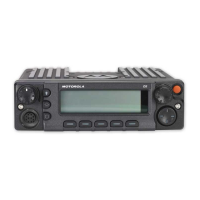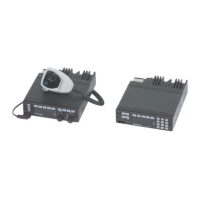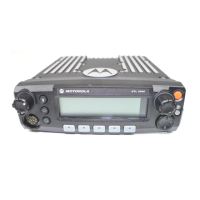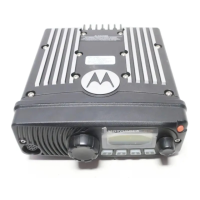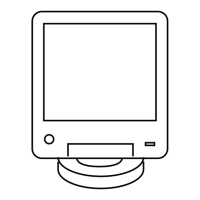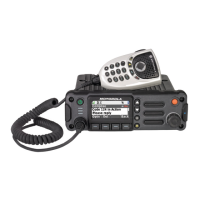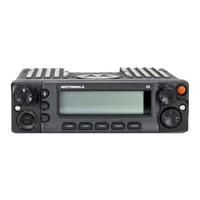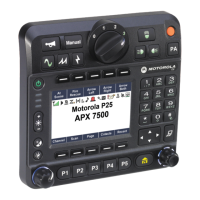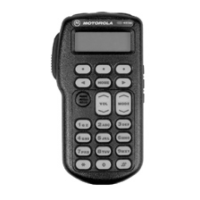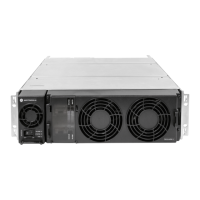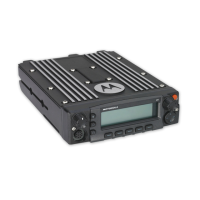6881096C74-B May 25, 2005
Product Overview: Control-Head Assembly 2-7
2.3.2.7 DEK Interface With Radio: Remote-Mount (W4, W5, W7, W9)
A maximum of three DEKs can be daisy chained to a single mobile radio. DEKs are only used with
the W4, W5, W7, and W9 control heads when they are remotely mounted on the radio. DEKs are not
used with any dash-mount control heads, including W4, W5, W7, or W9. The W3 control head does
not support DEK, except in a special siren cabling configuration where the DEK 6-pin cable splits off
the SIREN cable and plugs into the back of a DEK box.
The VIP lines in the control head are used to connect a DEK. There are four lines that are needed to
communicate with the DEK: DATA IN, DATA OUT, STROBE, and CLOCK. These lines are shared
with the VIP lines in the control head (see Table 2-1 on page 2-6) and, as a result, the control head
loses its VIP lines when connected to a DEK. However, each DEK has its own VIP lines (three
VIP IN and three VIP OUT lines) that can be used.
Each DEK box is essentially a shift register consisting of eight buttons/indicators together with the
VIP lines. A raw, 48-bit stream of data from the control head is clocked into the first DEK box that is
directly connected to it. This DEK box only shifts the bits forward to DEK B, which, in turn, forwards
the bits to DEK C. Thus, bit 0 leaving the control head is actually stored as the last bit of DEK C. The
full 48 bits is always clocked in/out regardless of the number of DEKs connected. The software is
able to determine how many DEKs are actually connected by checking the "DEK present" bit for
each DEK. The VIPs provided by each DEK box can then be used for driving external circuitry.
2.3.2.7.1 DATA IN
DATA IN consists of data entering from either the control head or another DEK. DATA IN is a raw bit
stream fed into the DEK, which, in turn, essentially being a shift register, moves the data forward to
the next DEK. DATA IN is a 48-bit stream that consists of indicator data (0 = off, 1 = illuminated) and
VIP output data.
2.3.2.7.2 DATA OUT
DATA OUT consists of data leaving the DEK and either entering a control head or another DEK.
DATA OUT is a 48-bit stream that consists of button data (0 = pressed, 1 = released), VIP input data,
and DEK present.
2.3.2.7.3 STROBE
The STROBE line is used to latch the data contained in the shift registers inside the DEK box. This
line is used to inform the DEK that the data contained in its shift registers is now valid.
2.3.2.7.4 CLOCK
The CLOCK line is used to shift data in and out through the shift registers located in the DEK boxes.
2.3.3 Power Supplies
The +5-V supply is a three-terminal regulator IC to regulate the 12 V SWB+ down for the digital logic
hardware.
2.3.4 Ignition Sense Circuits
A transistor senses the vehicle ignition’s state, disabling the radio when the ignition is off. For
negative-ground systems, the orange lead is typically connected to the fuse box (+12 V).
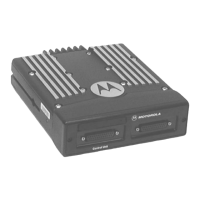
